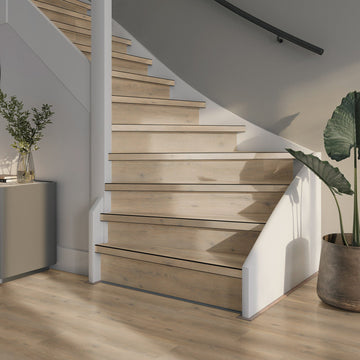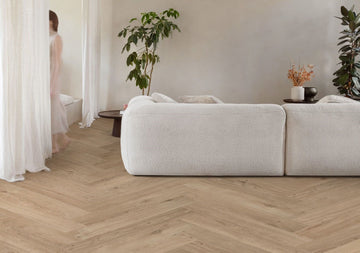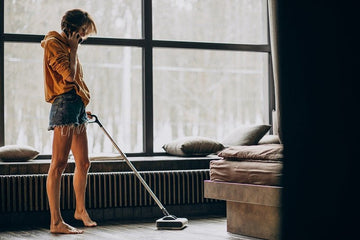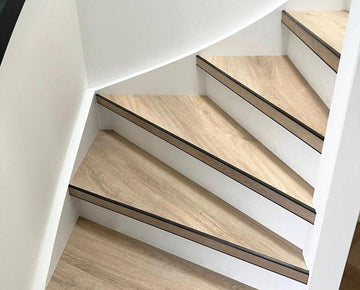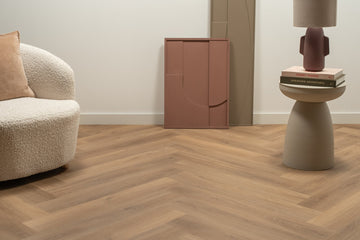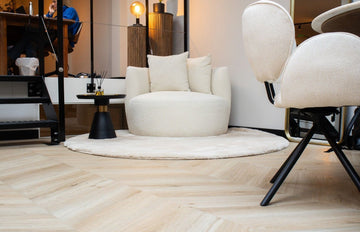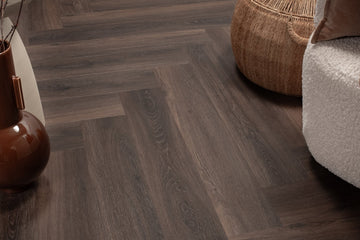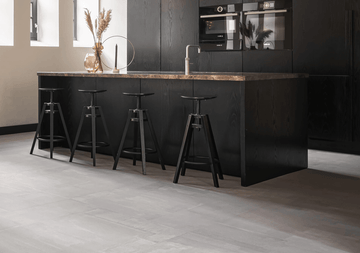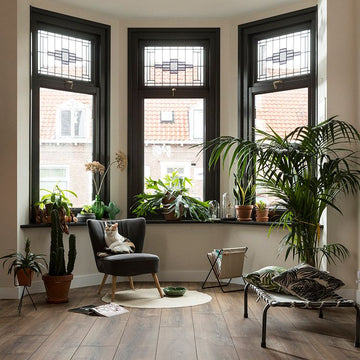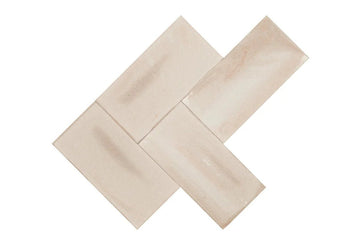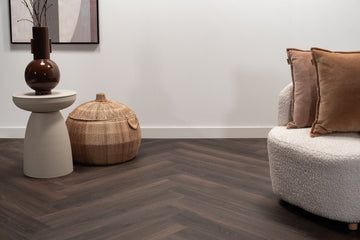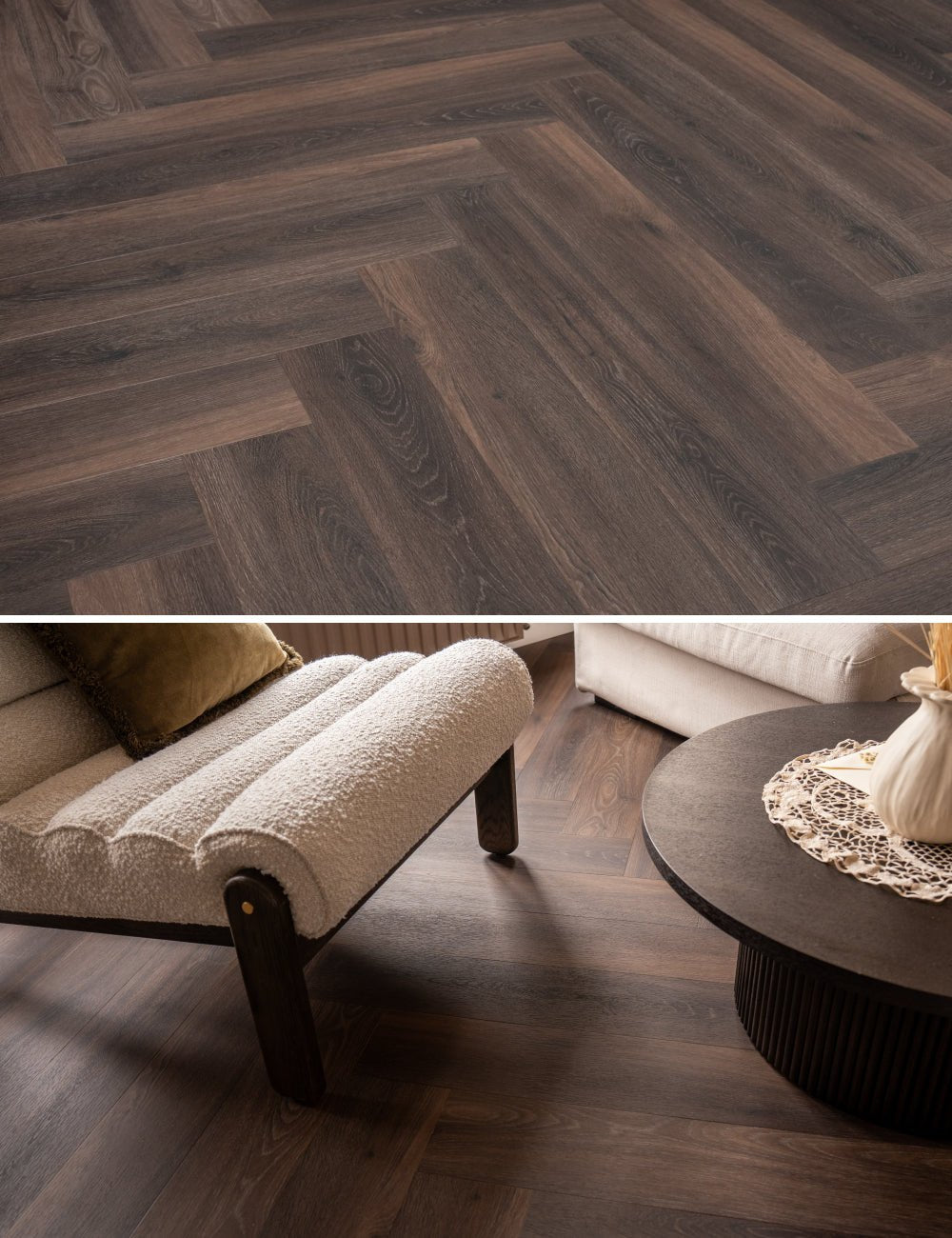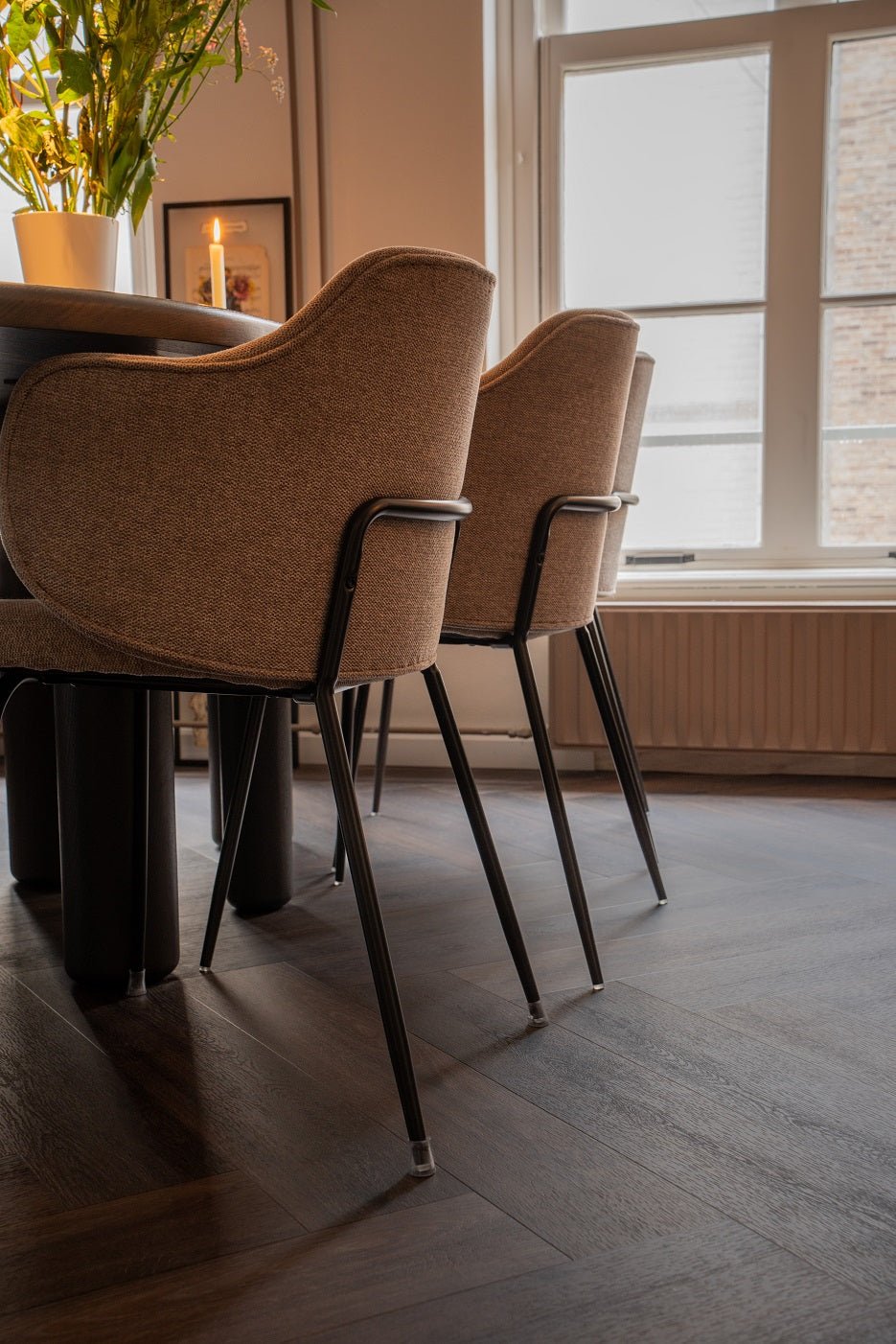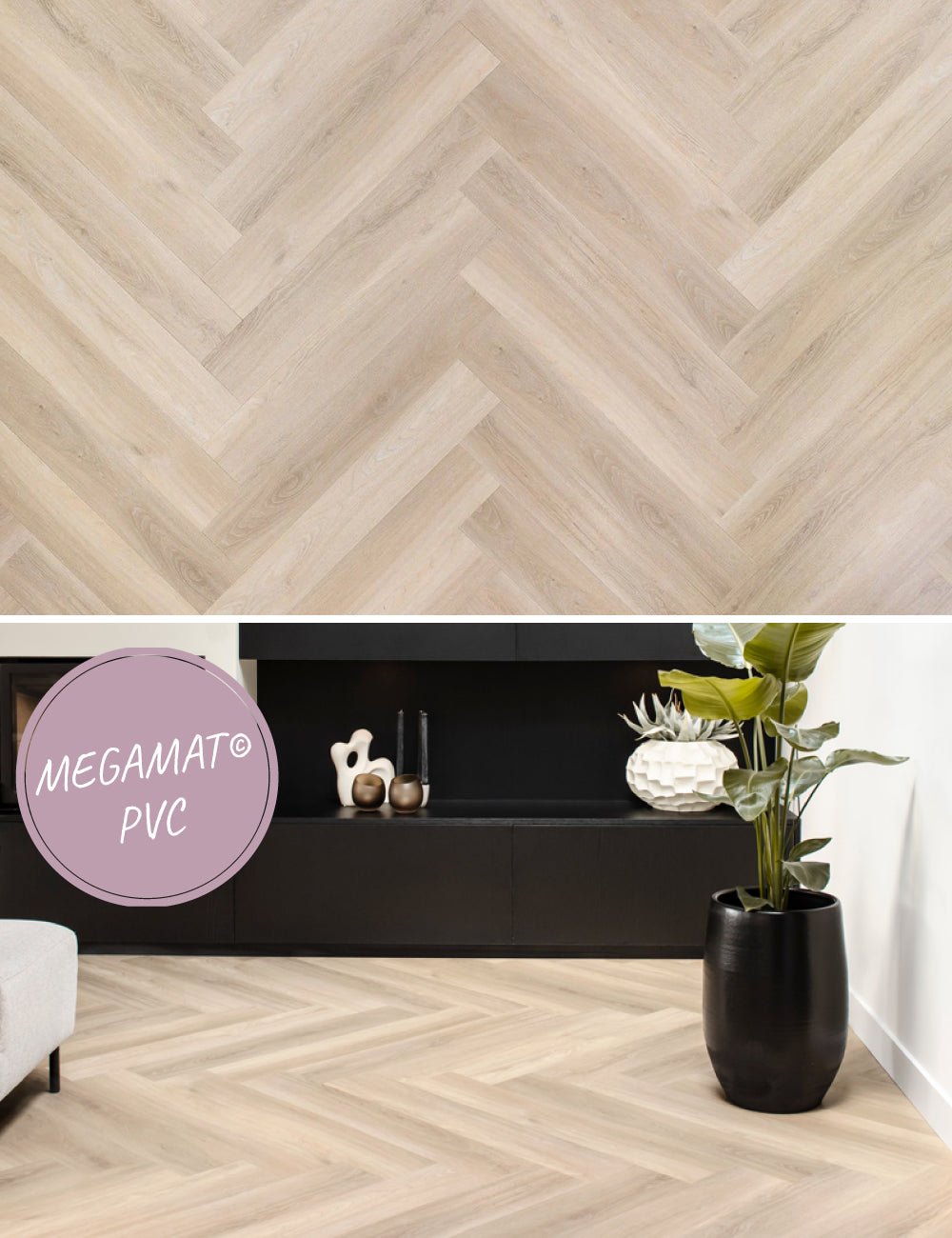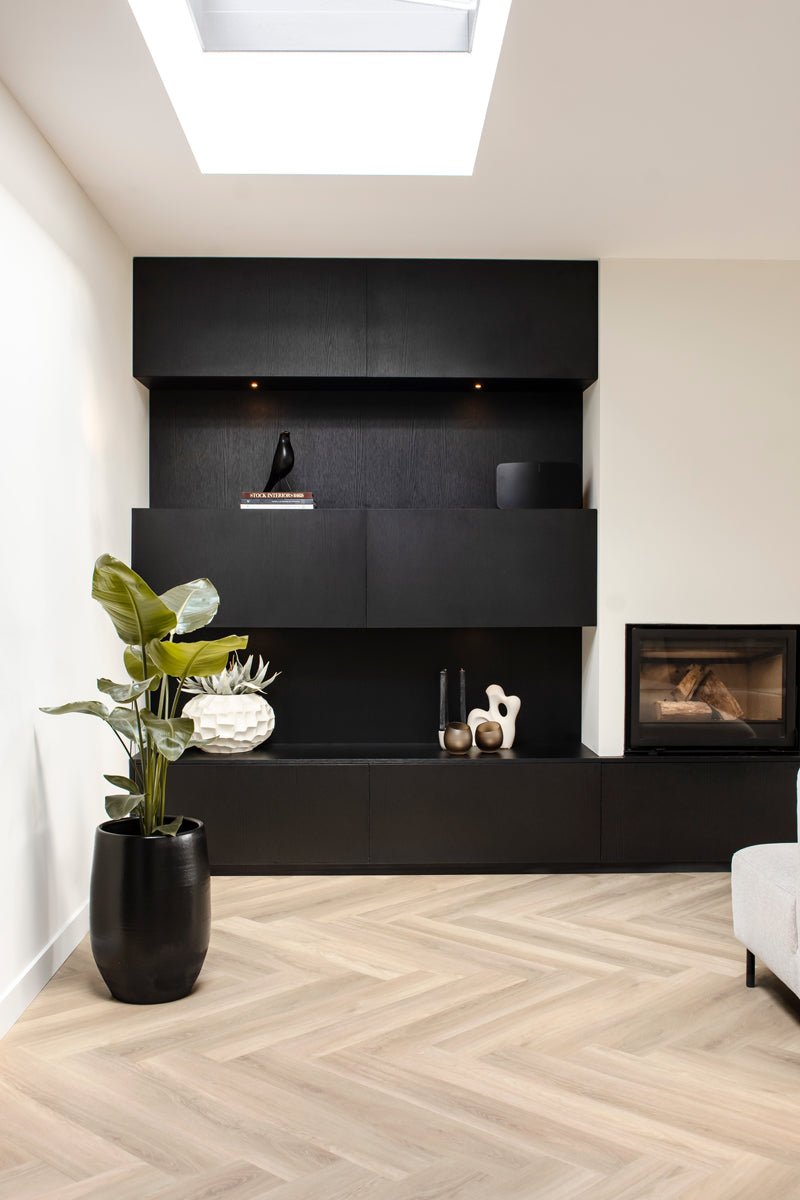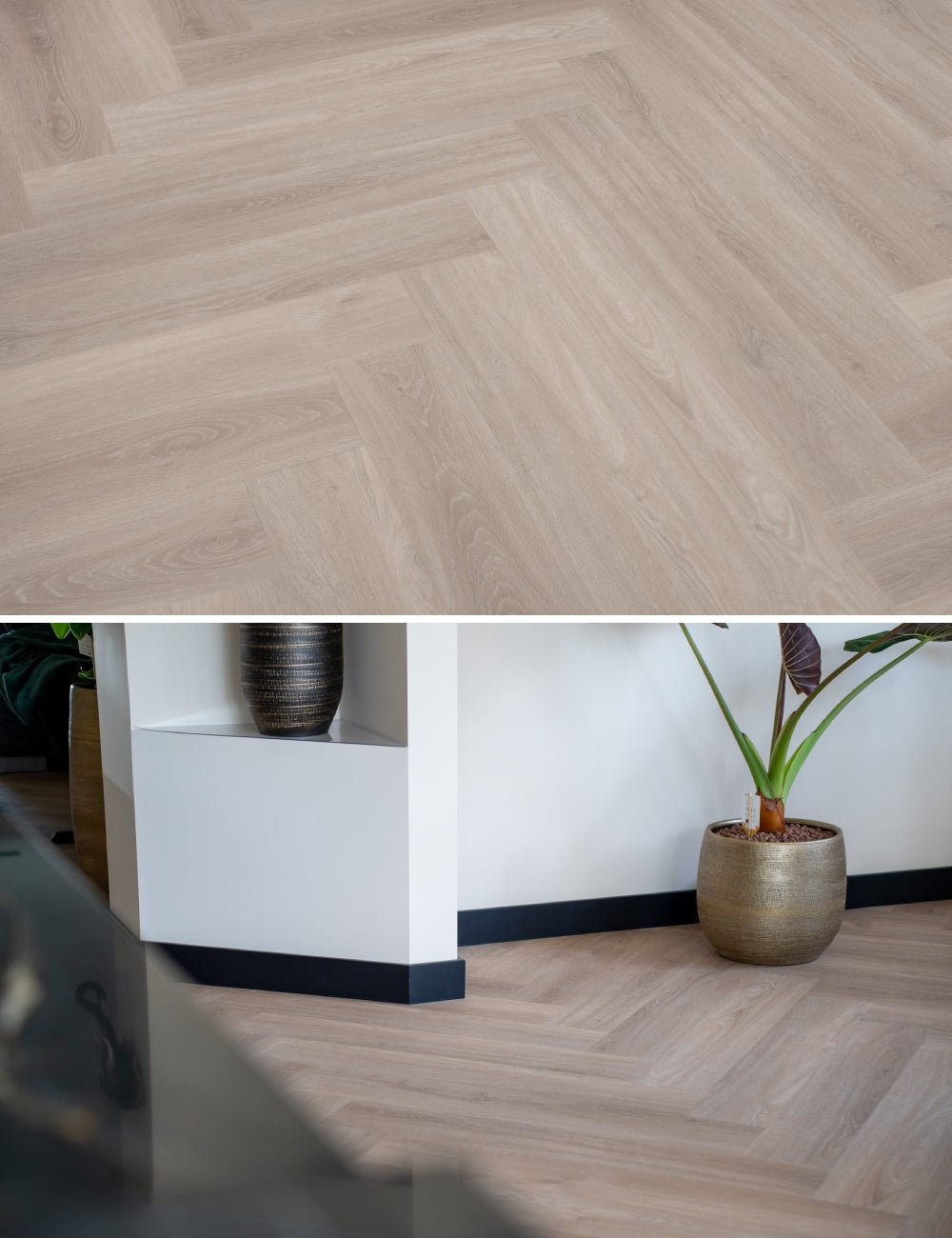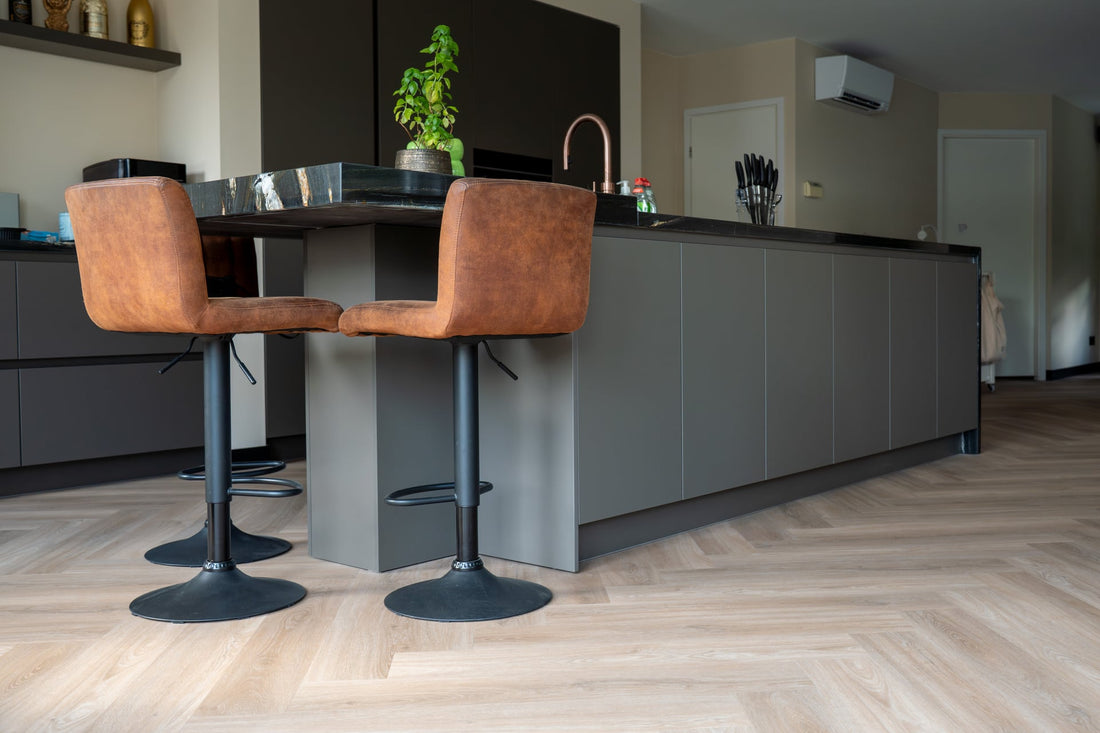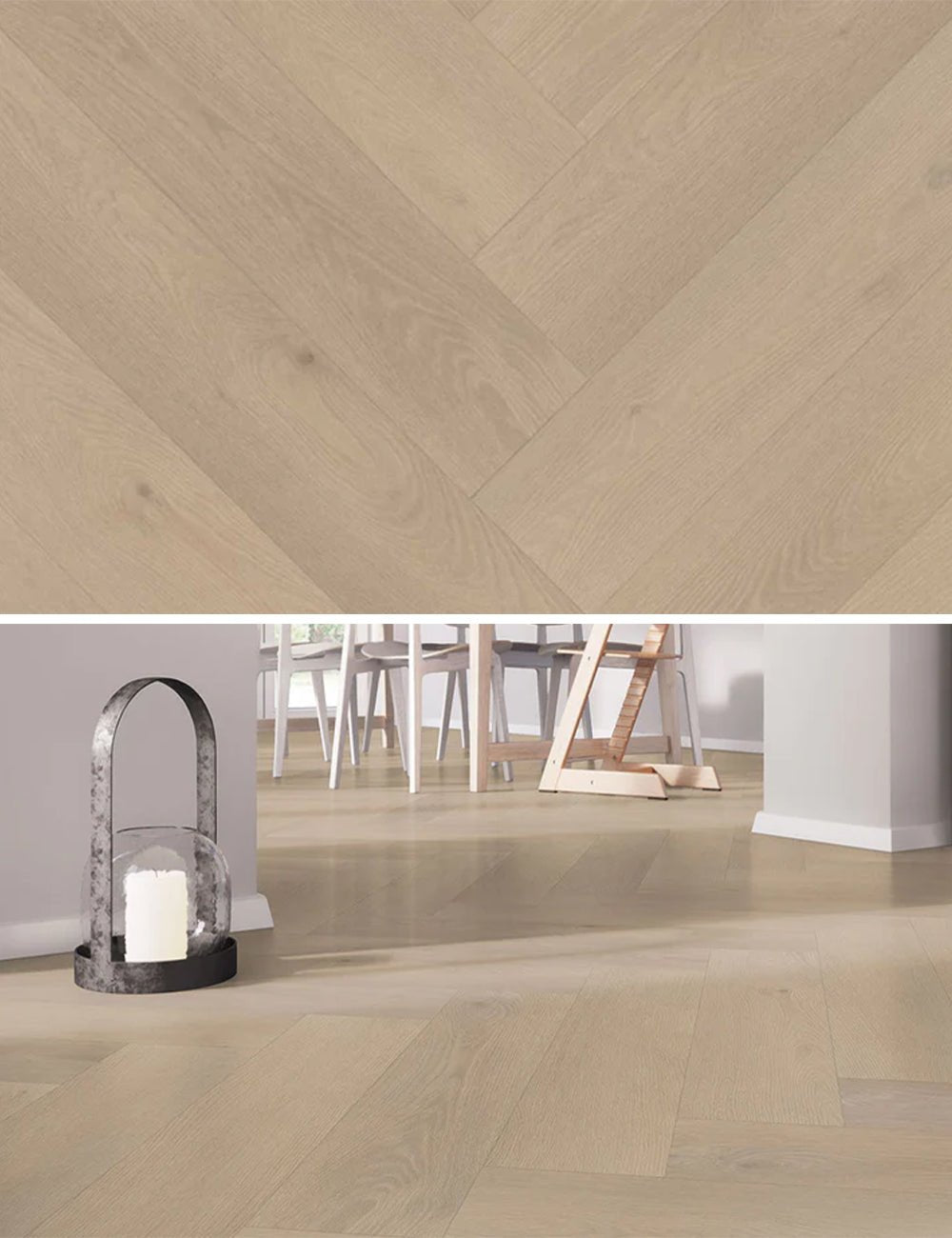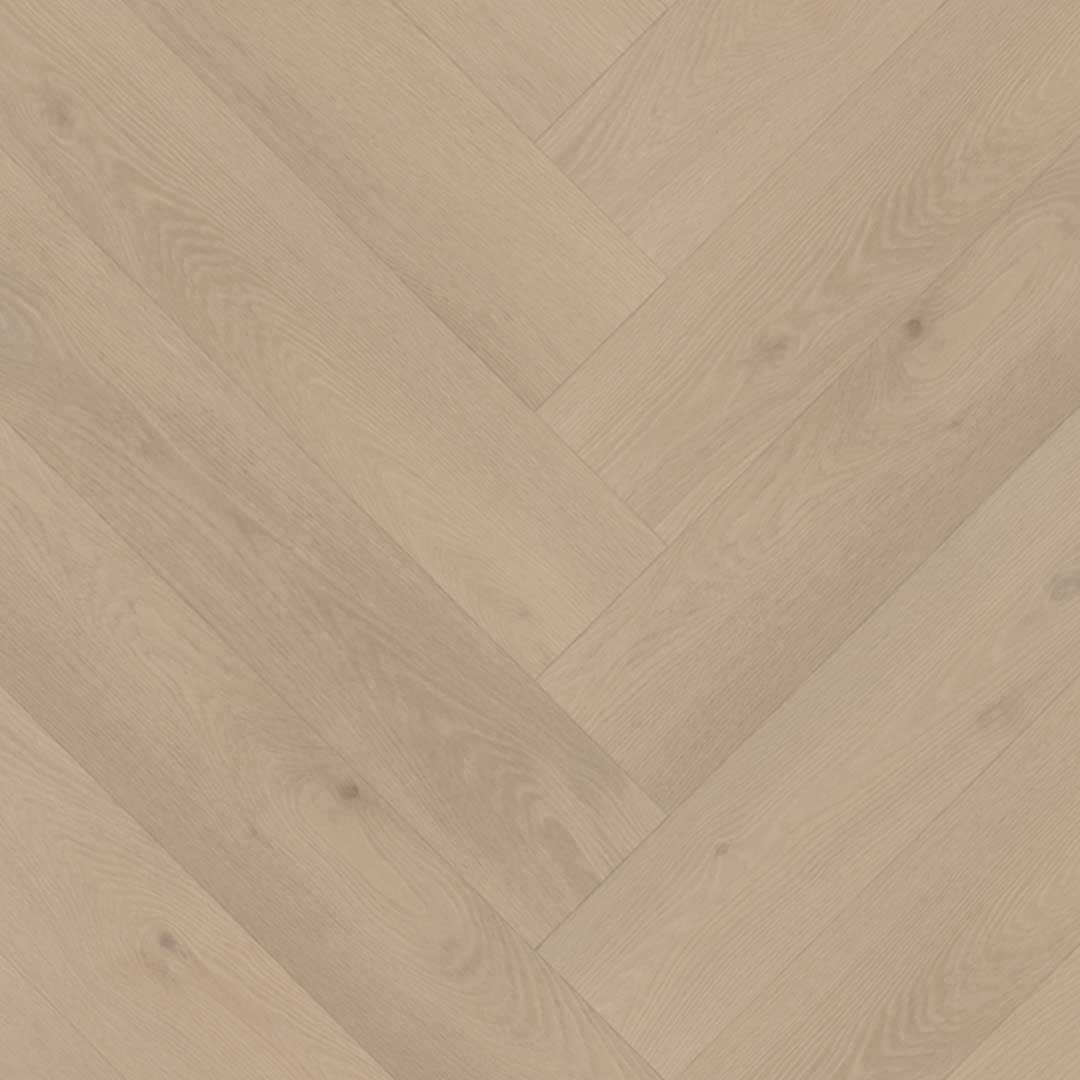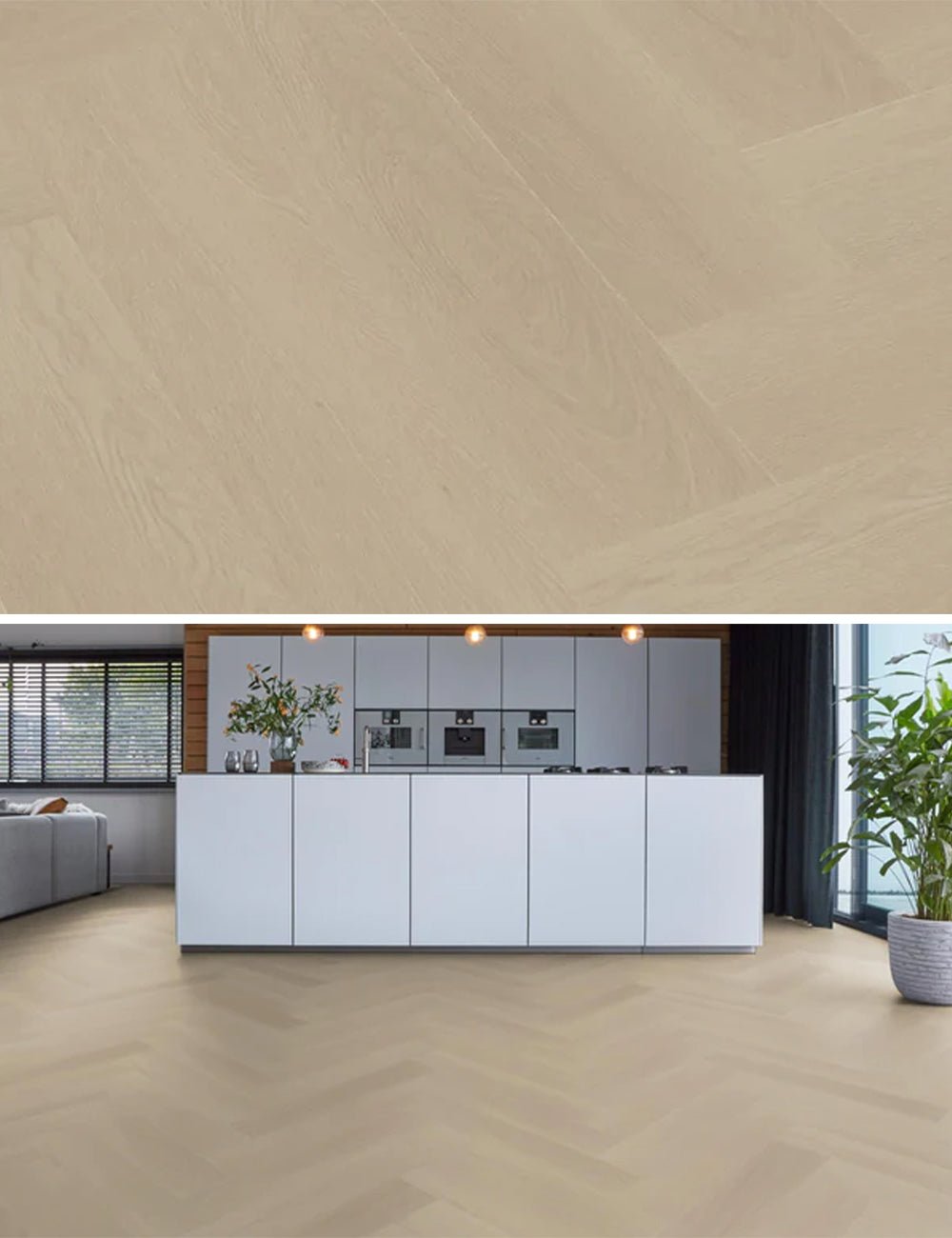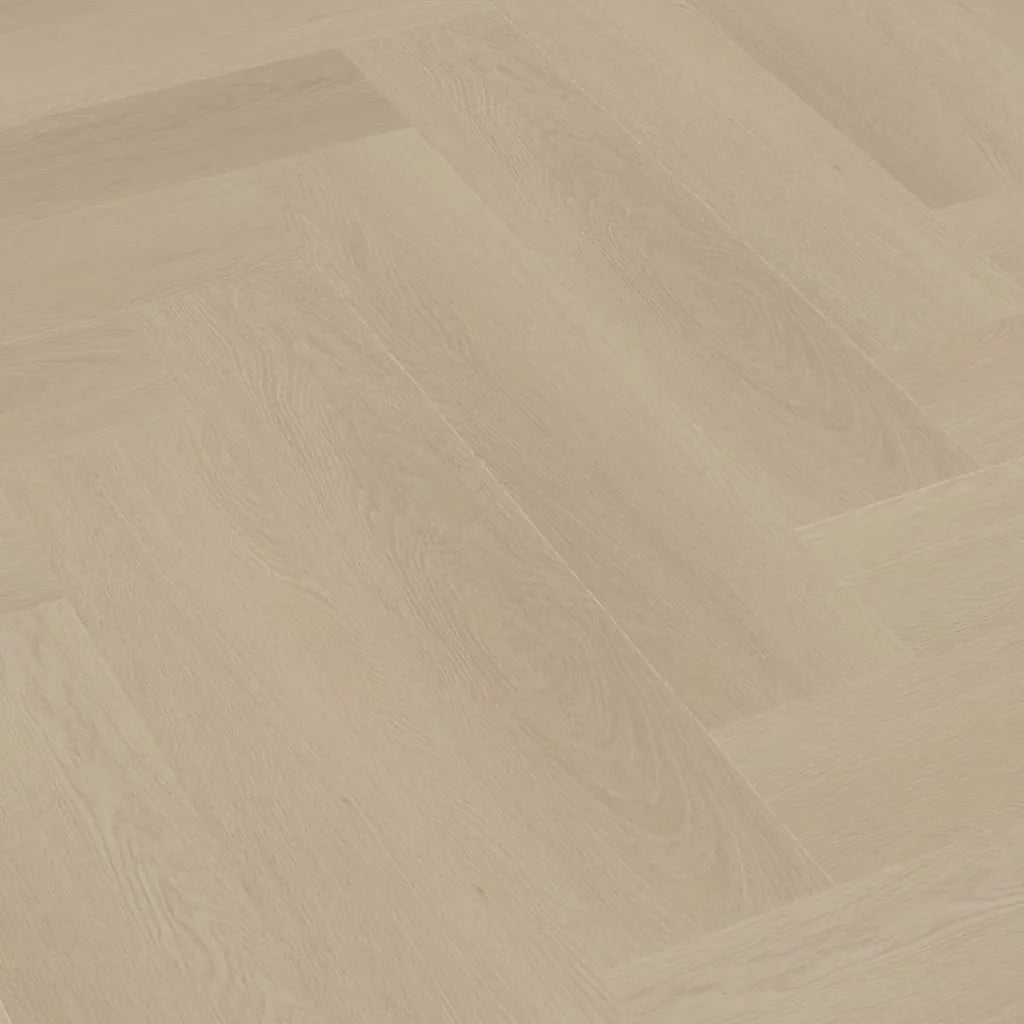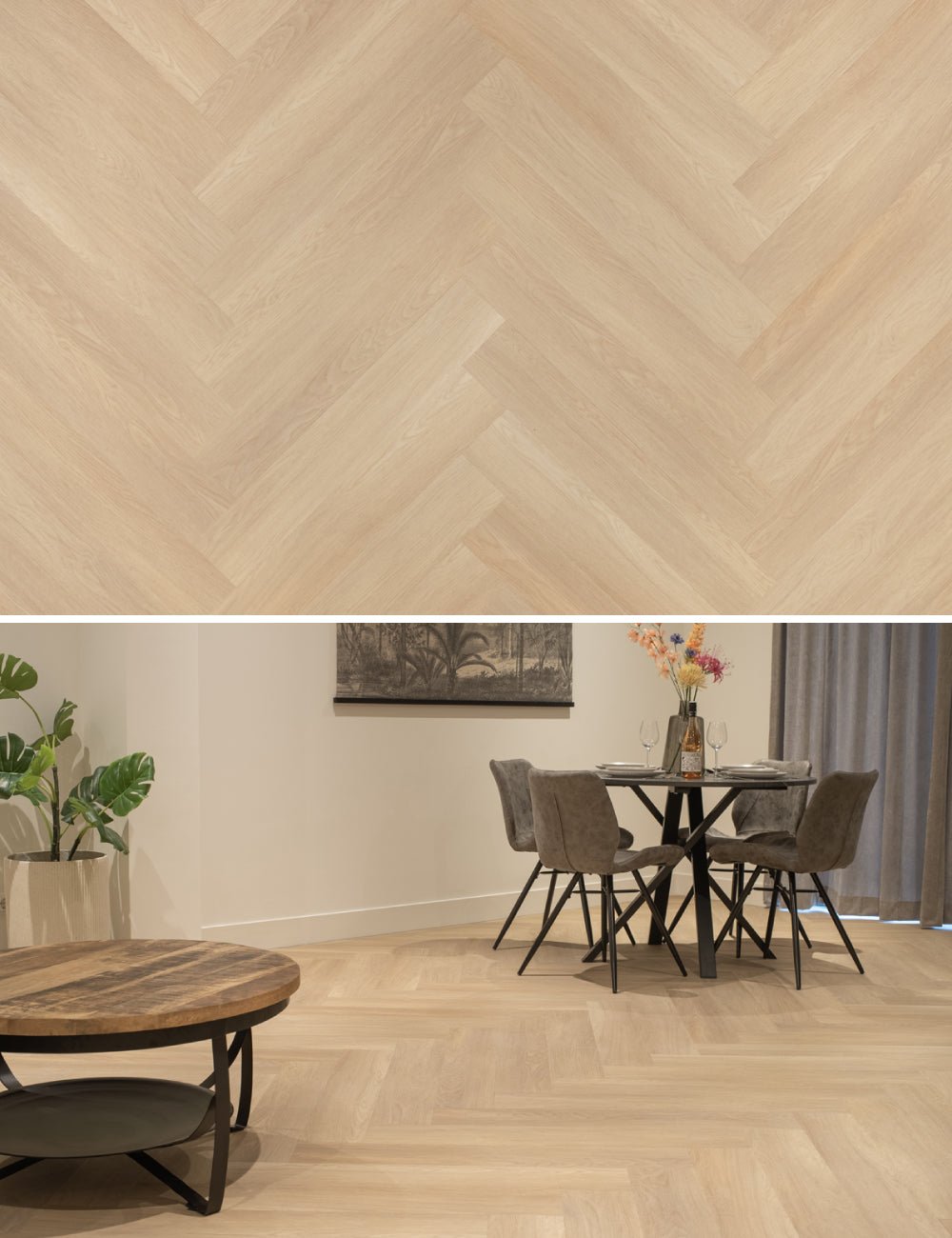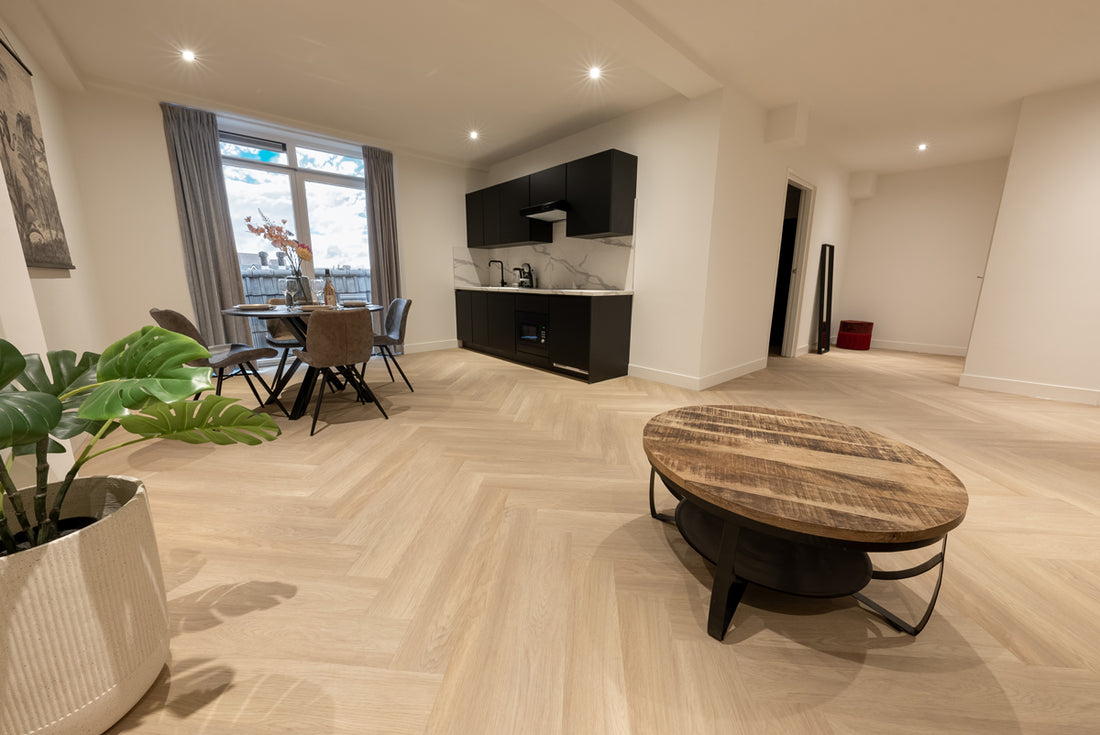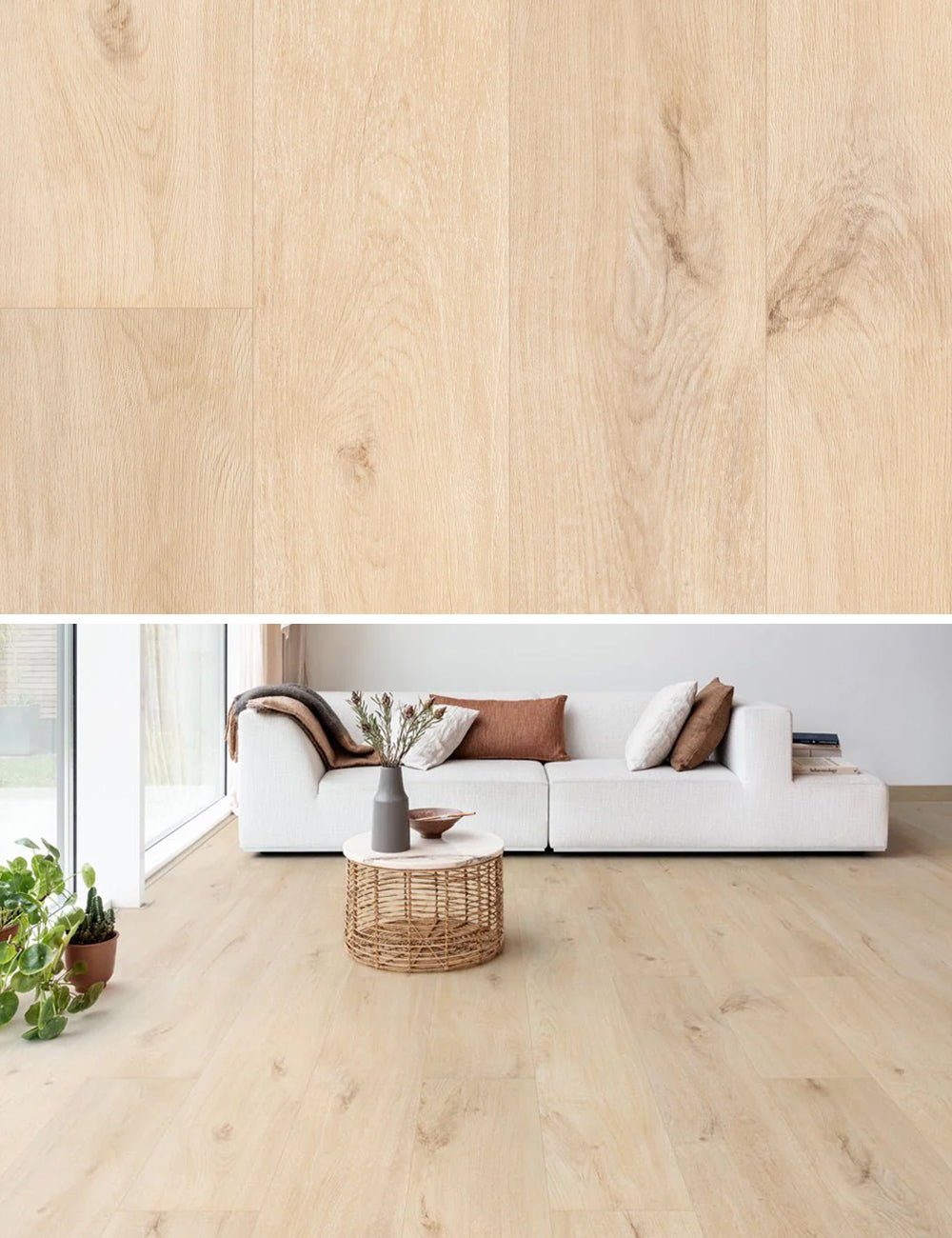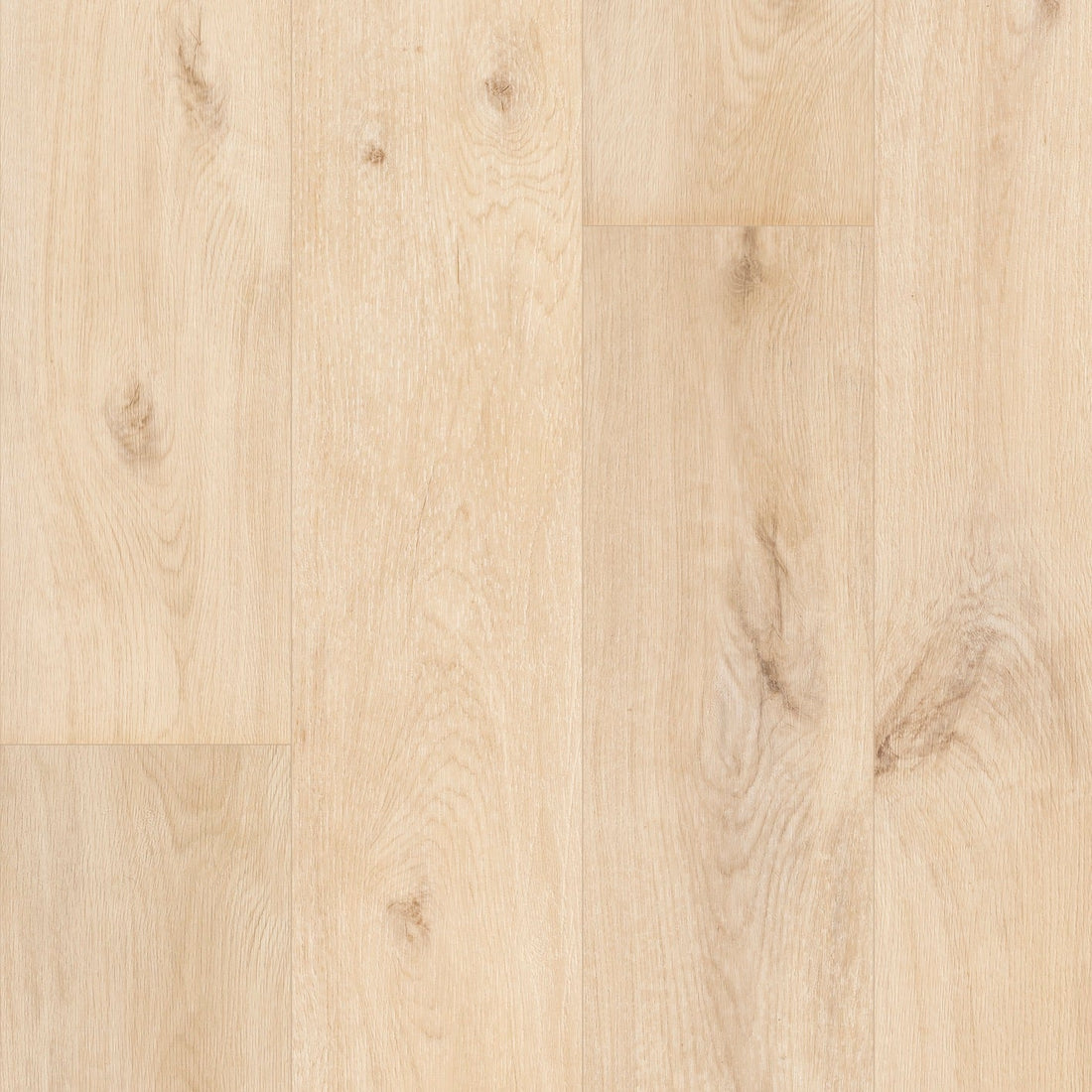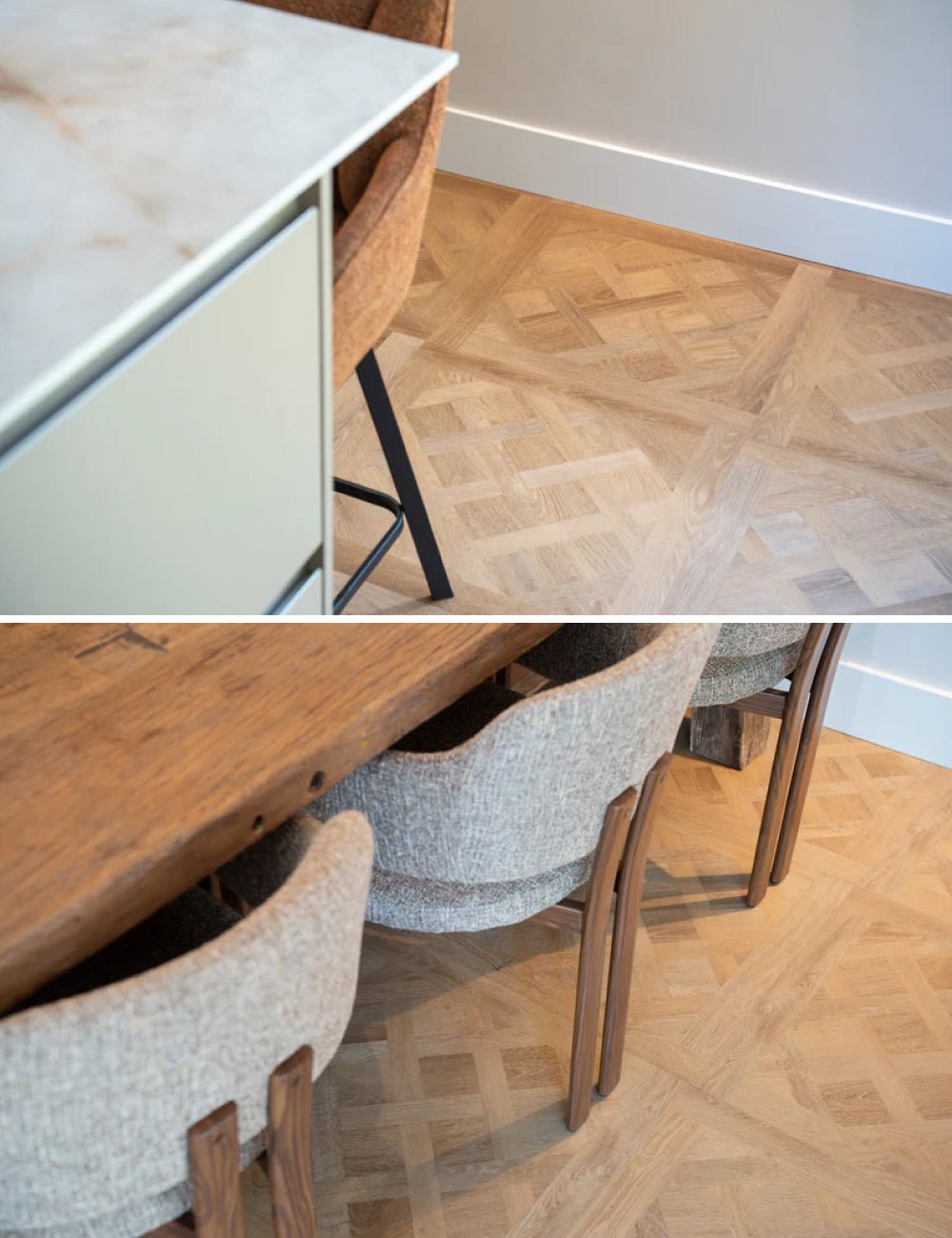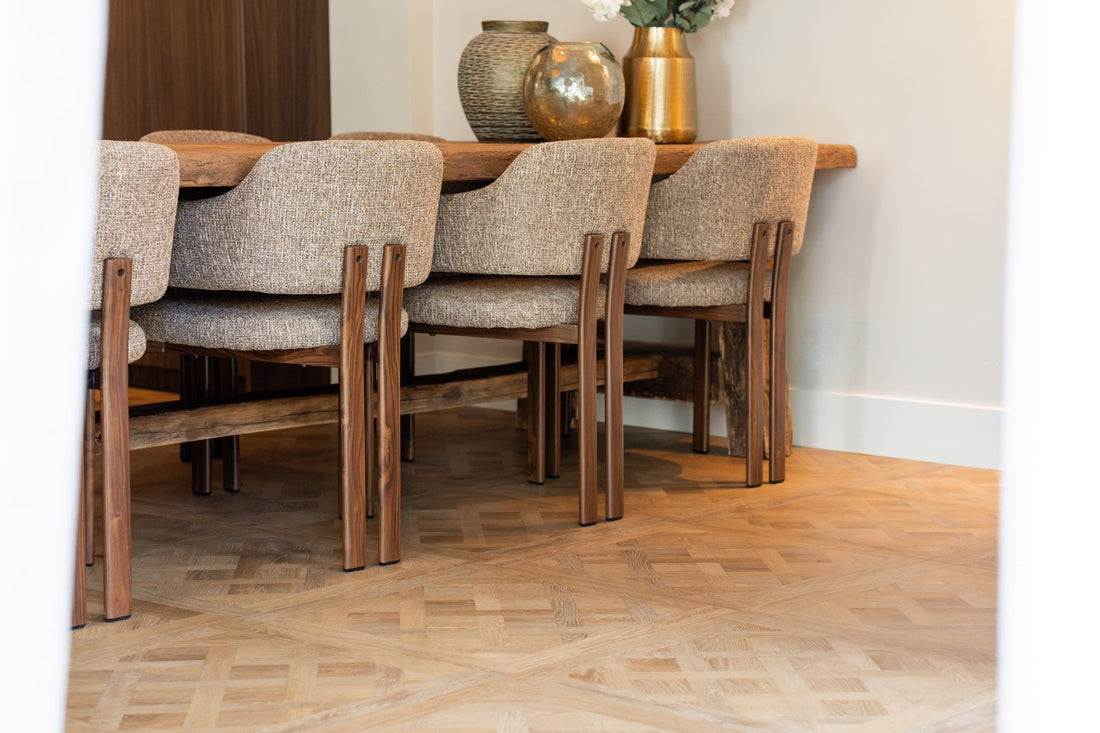Every day there is often walking back and forth on the stairs. This is a place that quickly wears out in your home. It is therefore a good investment to cover your staircase with PVC. This is a very durable material and can be found in many different styles and colors. You will be amazed what a cool makeover this will be in the house. We are going to tell you how to cover a staircase with PVC.
Where do you start?
To start with, you need quite a few materials. In addition to the PVC floor parts, you also have to take into account that you have to clean and level the stairs properly. It is also recommended to protect yourself well against the dust that is released from sanding and fumes of the glue. Of course, you also need different tools. Before you start, make sure you have everything you need for laying a floor together and nearby. This ensures that you can work nicely and relaxed.
Step 1. But the stairs well clean
Before you can start covering the stairs, it goes without saying that you remove the old upholstery from the stairs. Old glue and paint residues often remain on the stairs. You have to remove this properly first. You need a smooth and leveled surface for laying PVC.
After this, sand both the steps and the bumpers completely smooth. Ingrained steps can be flattened with a filler. After this, you will get started with the primer. This way you can be sure that the PVC will adhere well to the stairs. Apply this primer with a wide brush on the large pieces and use a narrow brush to apply it well in the corners. Do this for each step.
Step 2. Create a mold with model tape
Each stair has a different shape and this can be difficult to tailor. By making a mold with model tape, this becomes a lot easier. Stick the tape in several layers along the edge of the stair step and then gently pull it off the stairs. Place the PVC strip on a clean surface and stick the mold on it.
Step 3. Cut the PVC floor to size
PVC is easy to cut with a hobby knife. This way you can easily cut the necessary steps to size around the mold. Do this carefully and simply break off the excess parts. After this, you can pull the tape off the floorboards and put them on the relevant step.
Step 4. Fixing the floorboards on the stairs
With most PVC floorboards there is already an adhesive layer at the bottom with which you can attach it. So you can easily remove the foil and stick the floorboards on the right steps. When a PVC floorboard no longer sticks properly, you can heat it briefly with a hair dryer. After this, you can stick the stair step again and do not forget to press it firmly.
Making the mold with model tape, cutting it to size and pasting the floorboards is repeated in this way for each step. It is best to do this 1 by 1, so that there can be no confusion which mold belongs to which step. This way you also prevent waste of the floorboards.
Step 5. De trapprofielen
The steps are best finished with a protective stair profile. Measure the length per step and cut the profile to the correct length with a hacksaw. Screw them to the front of the step. We are going to cover this again with a piece of PVC. Measure this and cut the correct length of PVC. You can also easily paste these again.
Step 6. De stootborden
To finish everything neatly, apply the risers. You can choose to do this in the same color, but white contrasting risers can also look very nice and stylish. Again, you measure the height and length and cut it to size. It is better to fasten this with special glue. This way you can be sure that they will stay in place.


